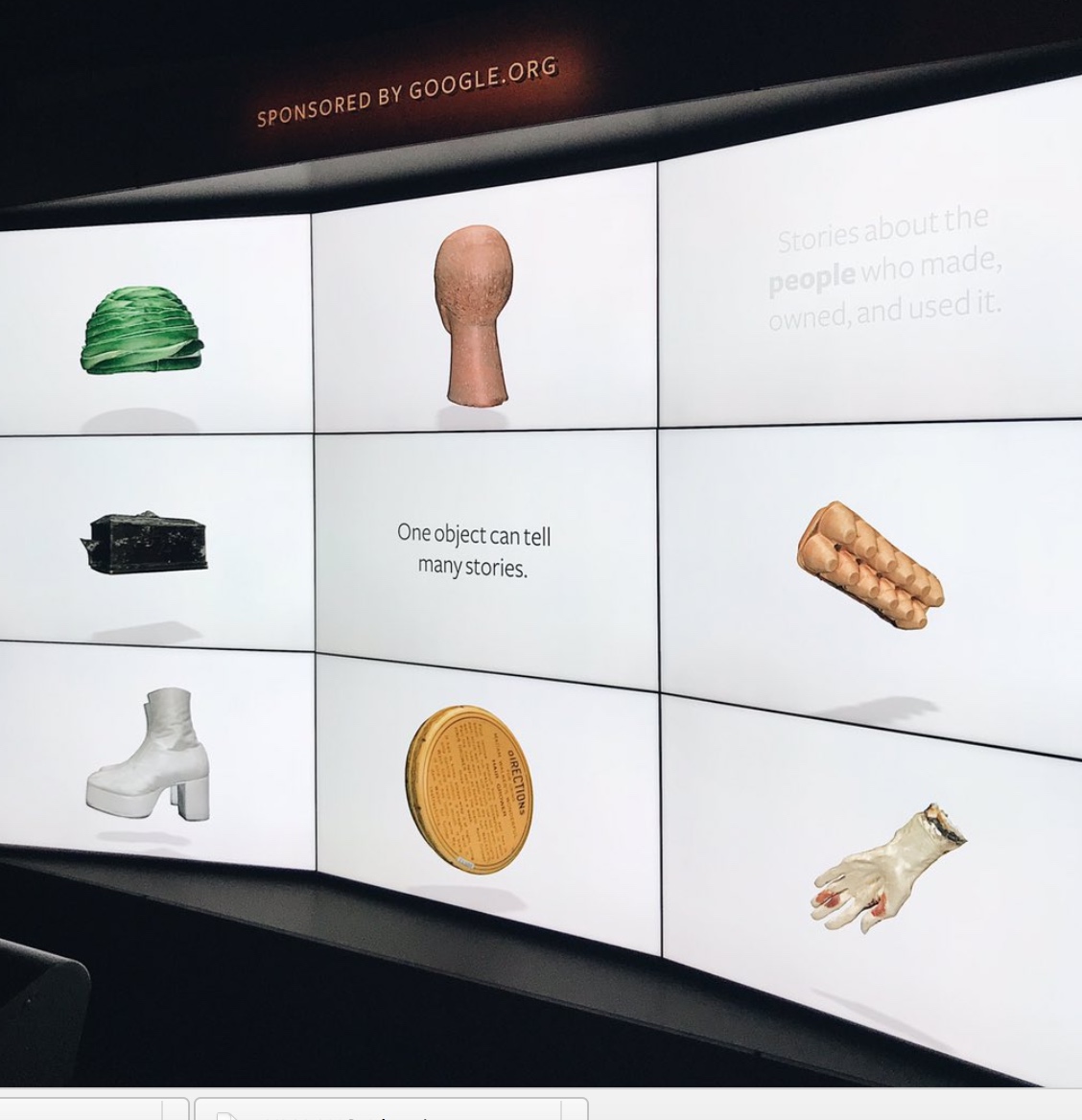Google is helping The National Museum of African American History and Culture redefine the scope of how traditional museum artifacts can be viewed with new 3D technology. NMAAHC’s new interactive exhibit created by Google staff engineer Travis McPhail allows visitors to interact with artifacts that have been scanned and made available in 3D representations.
Scanned images have rotation functionality allowing for multiple angle views, with some images overlaid with additional media elements to provide a more in-depth historical context.
“The interactive technology allows you to see aspects of artifacts you wouldn’t have been able to see through the glass,” McPhail said.
The idea for the exhibit pilot was conceptualized when Lonnie Bunch, the founding director of the NMAAHC reached out to the Black Googler Network, sharing his mission of redefining the museum landscape. McPhail’s interest in shaping this vision was peaked.
Working alongside other Google employees and those from the Black Googler Network, the 3D interactive technology was created.
“Working on this project opened new perspectives for me. I gained a better appreciation for artifacts and what they showcase in telling the story,” McPhail said.

The beta version of the two-year project was unveiled for a special viewing for press and elected officials in alignment with the start of Black History Month. The display is now available to the public. Brunson anticipates that the new 3D interactive exhibit will pose museums with the question of what presenting artifacts looks like in the 21st century.
“It has created a marriage between technology and traditional artifacts redefining how museums tell stories in the modern age,” Brunson said of the exhibit.
Currently, 10 artifacts are on display at NMAAHC with the goal to test how they work for further development.
“We hope to build the collection. We currently provide the technology and tooling but want museums to eventually become independent in developing the technology on their own that grows with their museum,” McPhail said.







